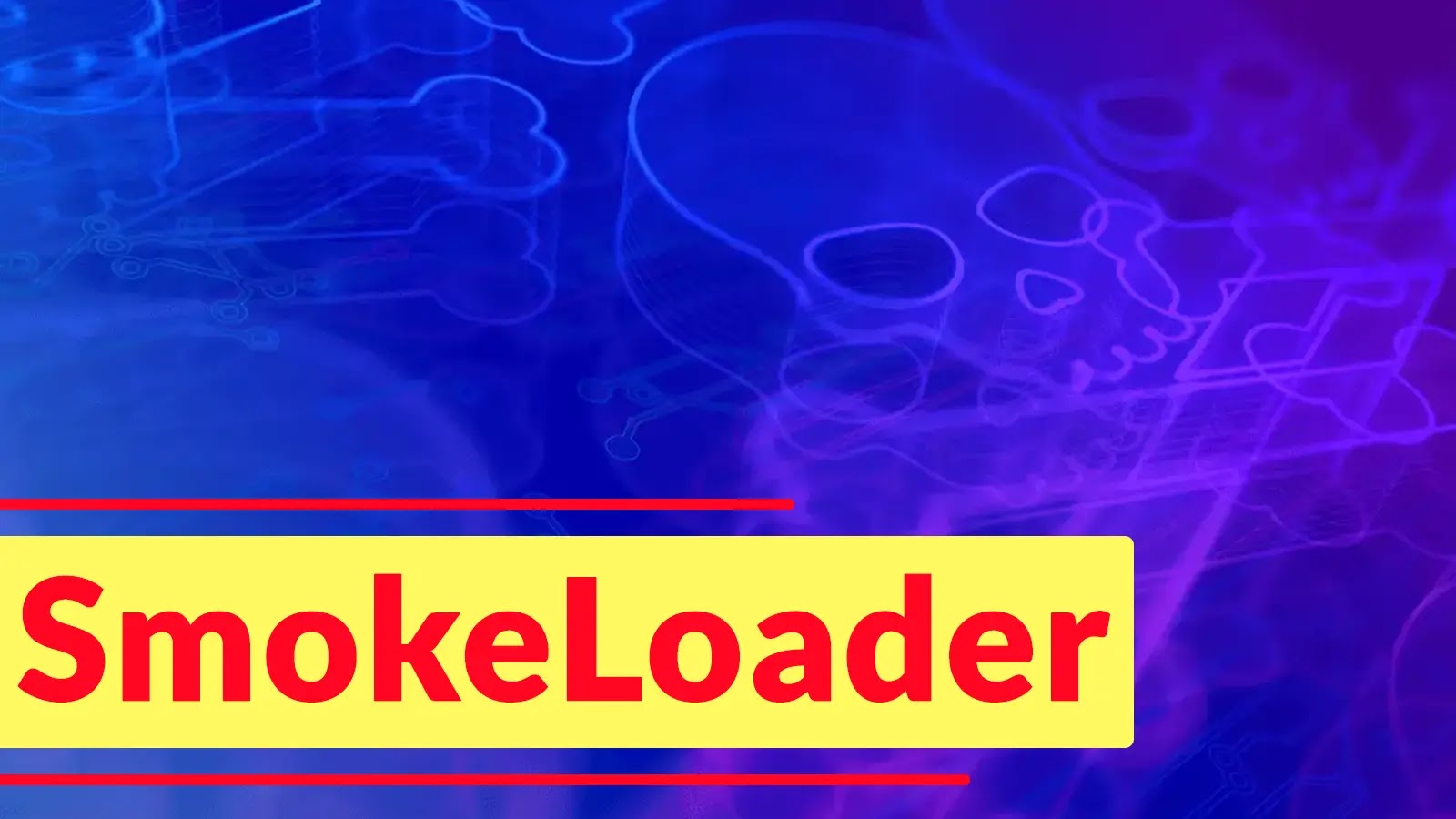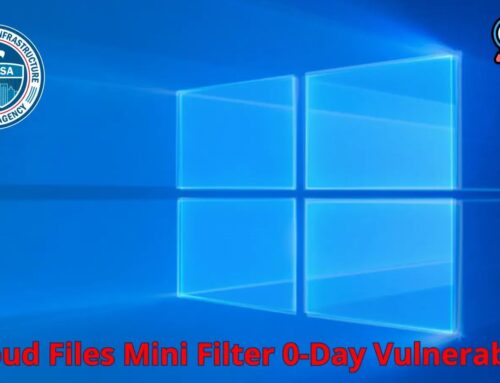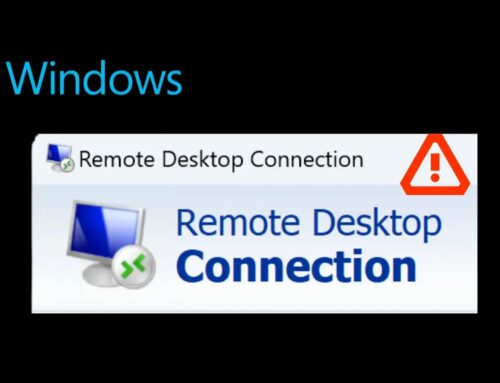
SmokeLoader Utilizes Optional Plugins To Perform Tasks Such as Stealing Data and DoS Attacks
The cybersecurity landscape continuously shifts, with threat actors constantly refining their tools and tactics. One persistent threat that has demonstrated remarkable adaptability is SmokeLoader. First observed resurfacing in early 2025 following a brief disruption, this modular malware loader is now leveraging optional plugins to expand its malicious capabilities, ranging from data theft to launching devastating Denial-of-Service (DoS) attacks.
SmokeLoader: A Decade of Evolving Threat
SmokeLoader isn’t a newcomer to the cybercrime scene. Its origins trace back to criminal forums in 2011, establishing a long-standing presence in the underground economy. Over the past decade, it has meticulously evolved from a rudimentary loader into a highly sophisticated and modular framework. Its primary function remains consistent: to act as a delivery mechanism for a diverse array of second-stage payloads. These payloads often include notorious threats such as various trojans, crippling ransomware variants, and insidious credential stealers designed to harvest sensitive user information.
Resurgence and Reinvention: Version 2025 Alpha and 2025
Mid-2024 saw a significant blow to numerous cybercriminal operations, including those utilizing SmokeLoader, through “Operation Endgame.” This global law enforcement effort temporarily disrupted many campaigns. However, as is often the case with resilient malware, SmokeLoader quickly re-emerged in early 2025 not just as an update, but as two distinct and active variants: version 2025 alpha and version 2025. This rapid re-establishment underscores the developers’ commitment and the platform’s underlying robustness.
The Power of Plugins: Expanding Malicious Horizons
The most alarming aspect of SmokeLoader’s latest iteration is its enhanced modularity and reliance on a dynamic plugin architecture. Unlike static malware that has a fixed set of functions, SmokeLoader can now download and execute optional plugins tailored to specific malicious objectives. This design choice provides several advantages for threat actors:
- Versatility: A single loader can perform a wide range of attacks without needing to be recompiled or redeveloped.
- Evasion: By having core functionalities as separate plugins, the base loader might appear less malicious to some detection systems.
- Adaptability: New plugins can be developed and deployed rapidly in response to updated defenses or new attack opportunities.
Common plugin functionalities include:
- Data Exfiltration: Plugins designed to steal sensitive data, including login credentials, financial information, and proprietary business data.
- DoS Attacks: Modules capable of launching various forms of Denial-of-Service attacks, disrupting targeted services and infrastructure.
- Remote Access: Facilitating backdoor access for further exploitation and control over compromised systems.
- Payload Delivery: Streamlining the injection and execution of additional malware, such as ransomware or banking trojans, as needed.
Remediation Actions and Proactive Defense
Given SmokeLoader’s advanced capabilities and continuous evolution, a multi-layered and proactive defense strategy is crucial for organizations and individual users alike. There is no specific CVE associated with SmokeLoader itself, as it is a malware family, but mitigation focuses on preventing its initial infection and subsequent payload delivery.
- Endpoint Detection and Response (EDR): Implement robust EDR solutions that can detect and respond to suspicious activities indicative of SmokeLoader infection, including unusual process creation, network connections, and file modifications.
- Email Security Gateways: Since SmokeLoader is frequently spread via phishing emails, advanced email security solutions with strong attachment and link scanning capabilities are essential. Educate users about identifying phishing attempts.
- Network Segmentation: Isolate critical systems and data on separate network segments to limit the lateral movement of malware if an infection occurs.
- Regular Software Updates and Patching: Keep all operating systems, applications, and security software up to date. SmokeLoader often exploits known vulnerabilities to gain initial access or escalate privileges.
- Application Whitelisting: Implement application whitelisting to prevent unauthorized executables, including unknown SmokeLoader variants, from running on endpoints.
- User Training and Awareness: Conduct regular cybersecurity awareness training to educate employees about common social engineering tactics used to distribute malware.
- Strong Access Controls: Enforce the principle of least privilege, ensuring users and systems only have access to resources absolutely necessary for their functions. Implement multi-factor authentication (MFA) wherever possible.
- Backup and Recovery: Maintain regular, secure, and offsite backups of all critical data. Test recovery procedures periodically to ensure business continuity in the event of a successful ransomware or data-wiping attack.
Conclusion
The re-emergence of SmokeLoader with its enhanced modularity and plugin capabilities underscores the ongoing and dynamic threat landscape. Its ability to serve as a versatile platform for delivering a wide array of secondary payloads, from data theft to DoS attacks, makes it a significant concern for cybersecurity professionals. Organizations must prioritize robust, multi-faceted security measures, focusing on prevention, detection, and rapid response to mitigate the risks posed by sophisticated loaders like SmokeLoader. Staying informed about evolving malware tactics and consistently improving defensive postures are paramount to safeguarding digital assets.





